It’s been over 30 years since the release of the classic dystopian future science fiction film The Running Man starring none other than Arnold Schwarzenegger at the height of his popularity, 1987.
Although the film had lackluster reviews from critics it was extremely popular with audiences and continues to be a cult favorite amongst sci-fi geeks throughout the world. It could also be considered especially relevant now considering the movie takes place around our present time, the year 2017 and onwards. Here is a collection of cool info you’ll want to know about the film even before you watch since this article doesn’t contain any spoilers.
#1 – Future Leaders Galore
We all know about the political success of Arnold Schwarzenegger following his career as one of the world’s most adored action heroes. He would go on to become the Governor of California from 2003 until 2011. Giving props to his background as an action hero was part of the campaign and he appropriately named his campaign tour bus The Running Man after the film.
What you may not have known is that Jesse Ventura is also in the film as the stalker Captain Freedom. Ventura would go on to join the political scene as well, running for office in Minnesota as Governor with the Reform Party. Ventura won the election and served as Governor of Minnesota from 1999 until 2003, but chose not to seek reelection.
#2 – Written by Stephen King
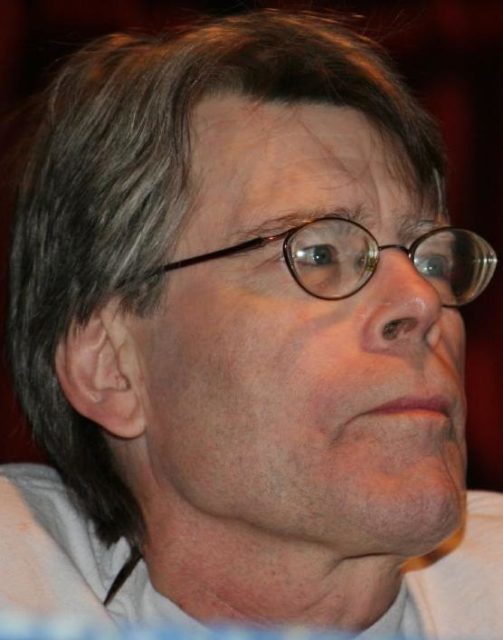
The film is based on a book published in 1982 by Stephen King under his alternate name, Richard Bachman, which King uses for books that he writes outside his normal horror/thriller genre.
When producer Rob Cohen bought the rights to the film, he was unaware that King was the actual author. King is said to have found some inspiration for the book from a disturbingly real Japanese game show. However, the film adaptation veered sharply from King’s vision where a poor, underfed man chooses to join the Running Man game in order to win money to support his starving wife and child.
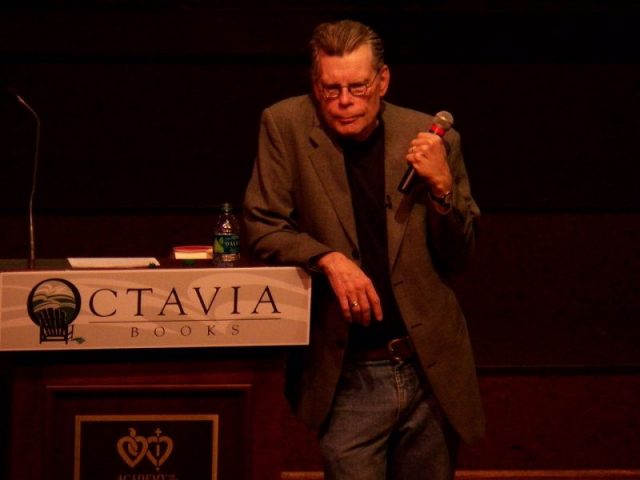
King was severely disappointed in Schwarzenegger as the lead character since he certainly doesn’t look malnourished and King wanted his name nowhere near the credits. It’s food for thought if King would have felt the same way if Christopher Reeve or Patrick Swayze had been cast as the lead. Both actors were considered for the role.
#3 – What a Great Idea!
Following the release of the film, several game shows started utilizing similar formats to that of the film. The most popular of these “copycats” was the American Gladiators television program, which became popular in different versions throughout the world.
Steven DeSouza, who wrote the screenplay, claims that when the creators of American Gladiators pitched the idea to producers they used film footage from the movie and stated, “We’re doing exactly like this, except the killing part.”
#4 – Predicting the Future
The film’s depiction of the future set around 2017 – 2019 has been remarkably accurate on many things including viewers obsessions for reality television, the influence of Hollywood in politics, more aggressive police, and “media spin” on news.
Writers for the New York Post, BBC, and others have pointed to the widening gap of the rich and poor, economic collapses, and other social similarities portrayed in the film. Fortunately, we have evolved beyond the use of cassette tapes as a medium for music and we still don’t have “court appointed agents”. Not yet at least.
#5 – Directors Everywhere
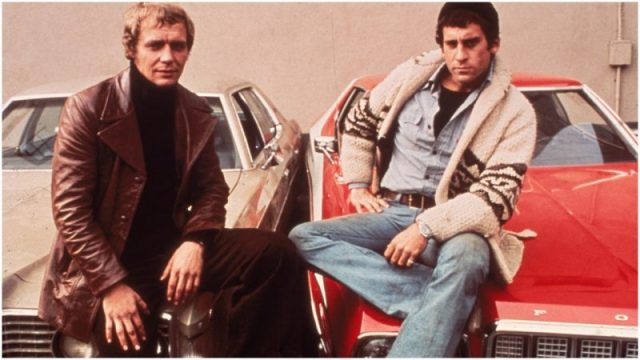
The film had five different directors at one point or another. Three of the directors were fired during production and one backed out, before the final director finished out filming. In the end, Paul Michael Glaser aka Starsky from the T.V. show Starsky and Hutch took the reigns several weeks already into filming. Schwarzenegger was reportedly very unhappy with the switch from director Andrew Davis.
In the end, Stephen King didn’t like Schwarzenegger who in turn didn’t like Glaser, but somehow the film went on to gross over $38 million in the U.S. alone, against a budget of $27 million.
#6 – Musical Cameos
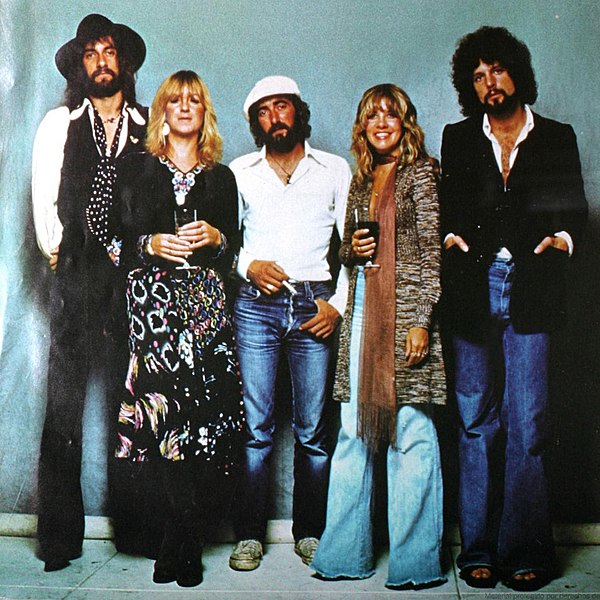
Fans of the 1980s will notice that two popular figures in 80s lore are featured on the same screen in the credits. However, only the most observant will notice the very Laker Girl-esque dance routines in the film choreographed by another future pop star.
The leader of the “resistance” in the film is none other than the drummer and founder of the band Fleetwood Mac. Mick Fleetwood, who plays “Mic”. It states in the film that the police state has robbed him of his life’s work and stolen/erased his music.
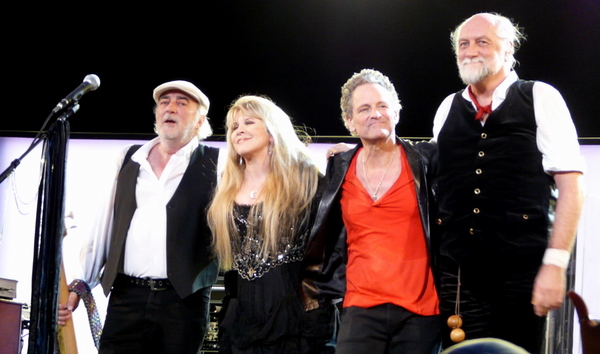
Another member of the resistance is guitarist/performer Dweezil Zappa. A controversial MTV VJ from the 80’s and son of the famous Frank Zappa, Dweezil is at his 80s best with a red beret and studded jacket with pins fastened along the front. The dance routines were all choreographed by, then up and comer, Paula Abdul before she became a pop sensation and future American Idol judge.
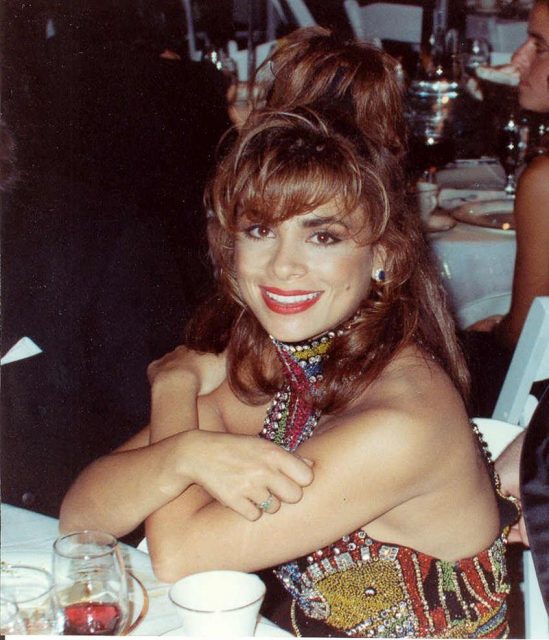
The actual music of the film doesn’t disappoint either and was done by two-time Grammy winner Harold Faltermeyer, who also did Beverly Hills Cop with its iconic musical theme. Other credits for Faltermeyer include the Top Gun and Fletch (with Chevey Chase) soundtracks. Additionally, he has worked as producer or other capacity with performers like Donna Summer, Falco, and Billy Idol.
Related Video: Sylvester Stallone Turned Down a Fortune to Play Rocky
https://youtu.be/hmrbvvuCSYk
#7 – Year of the Ahhhhnold
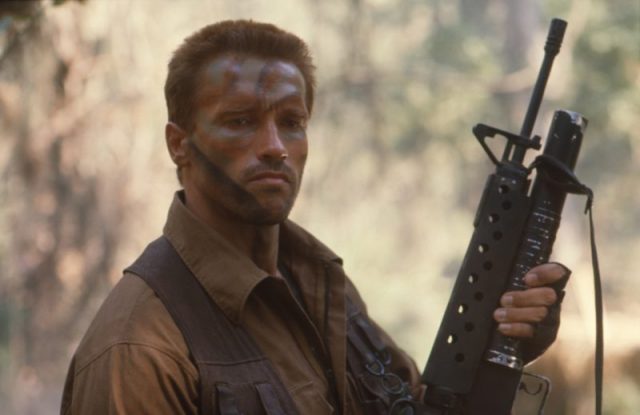
1987 was a good year for Schwarzenegger fans but his prolific work ethic presented a small problem for the studios as both The Running Man and Predator were set to be released in the summer of 1987. In order to keep audiences from having to choose between two Arnold films, The Running Man was given a later release date of November of that year. As a result, both films were commercial successes.
Read another story from us: Schwarzenegger and James Cameron Return for New Terminator Movie
In a twist of fate, 1987 could have been the year of the “Governor” also since Jesse Ventura also co-starred in Predator with Schwarzenegger.
Bonus point:
Of course, no Schwarzenegger film would be complete without his famous one-liners and The Running Man doesn’t disappoint. In one exchange with co-star Richard Dawson’s character “Killian”, Schwarzenegger tells him, “I’ll be back.” To which “Killian” replies, “Only in a rerun.”
